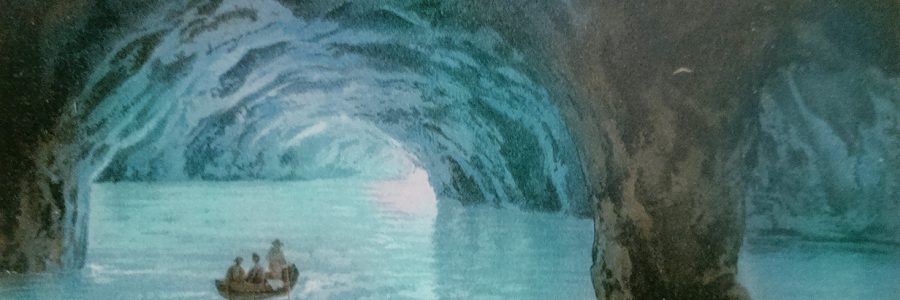
A Journey in Isolation: A Postcard Travelogue
“Today’s journey with the Map Department’s postcard collection…” or words to this effect have been a welcome companion as I’ve Tweeted my progress through several boxes of old uncatalogued postcards from the Map Department’s collections. It started as a bit of a novelty, but over the last few weeks it has become a daily comfort to pick out cards of interest and compile them together as a fun travelogue of sorts.
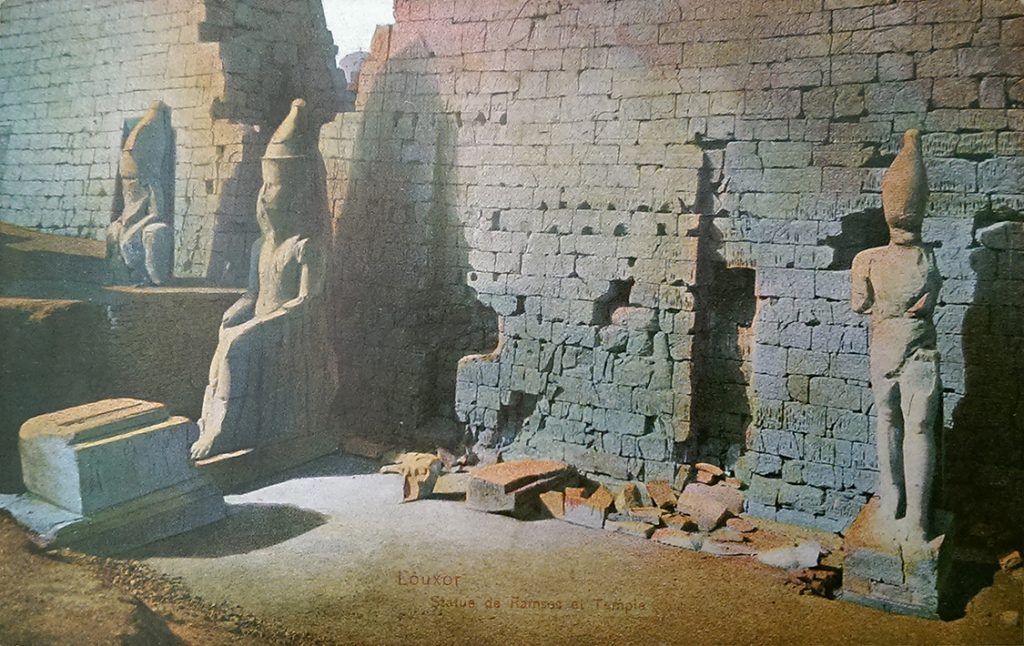
Before leaving the UL building myself, Michael Taylor, Karen Amies and Anna Reynolds each took with us a number of boxes to work on at home. We write the country and place name on the back of each card and on our return to work in the UL they will be filed away in order of country and place within that country in filing cabinets. With each box being full of postcards from across the world and often in no order at all, it can sometimes take a bit of investigation to even work out where it is that we are looking at. The process however is rewarding and at times even a bit educational.
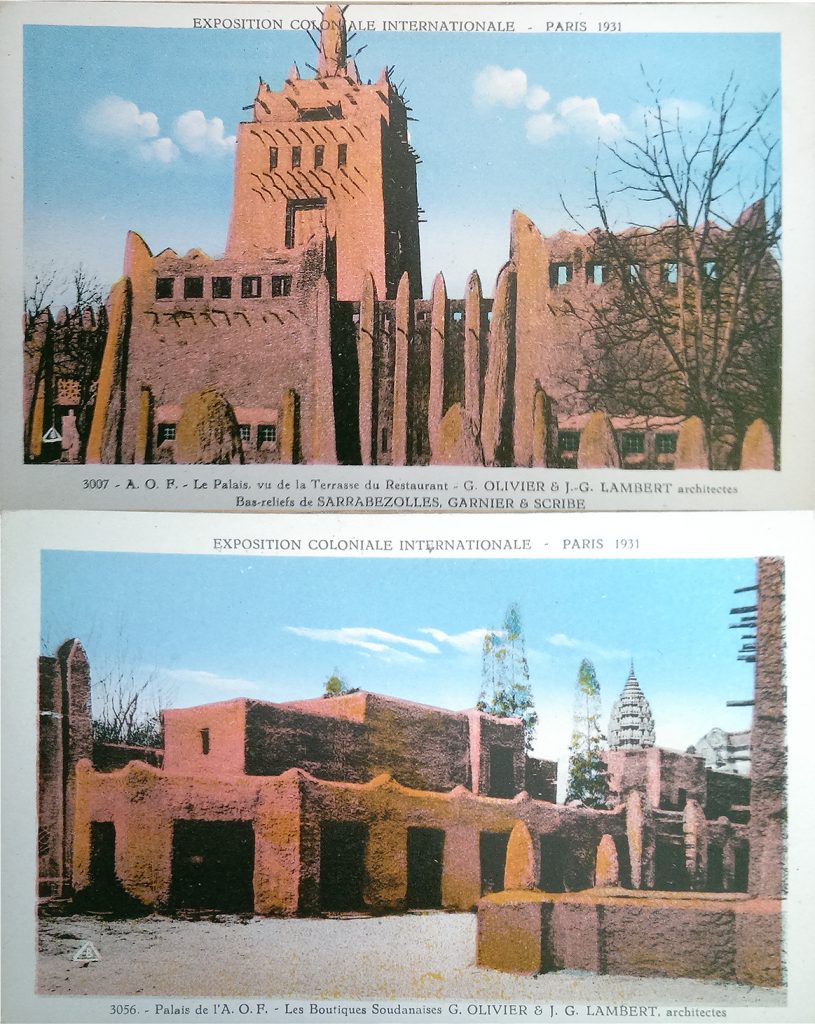
During this period of isolation and restricted travel many of us will have been forced to give up our plans or have relatives and friends who are themselves locked down. For me these postcards offer a window into places both familiar and unknown and an opportunity to sightsee and explore from afar. It’s been therapeutic and rewarding to share these images and I’ve had some lovely comments from those who have followed me along the way.
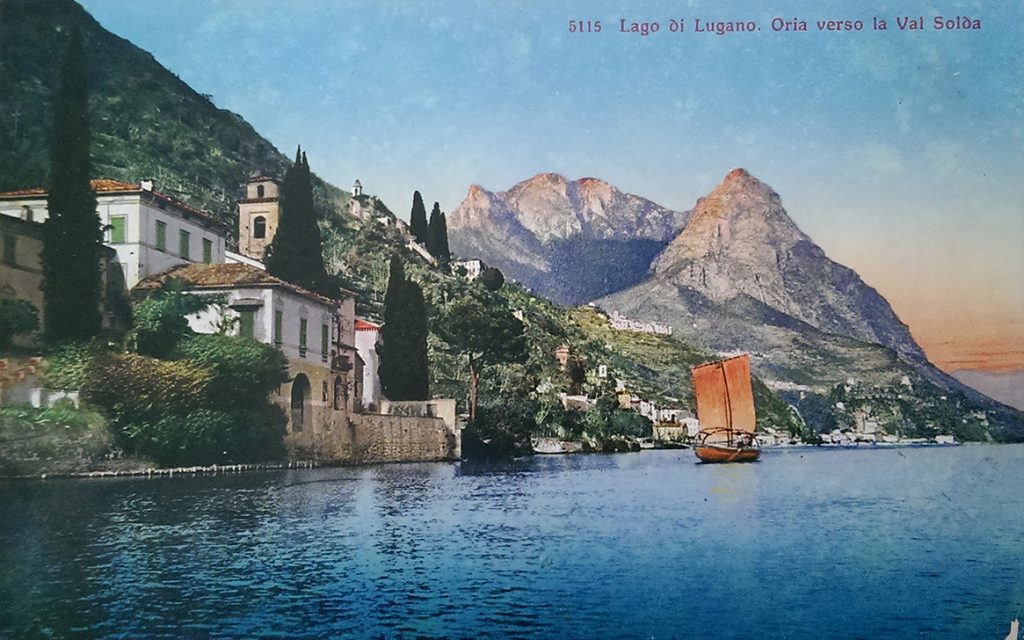
I’ve also become a time traveller of sorts, with the approximate date of each postcard I’ve selected ranging from the late 19th to the early 20th centuries. This added dimension lets me travel to places and view scenes lost in time and space. Many of the buildings on display no longer exist or have undergone significant changes in the years since the postcards were made and it’s been a fantastic excuse to learn about some of the more unusual places shown.
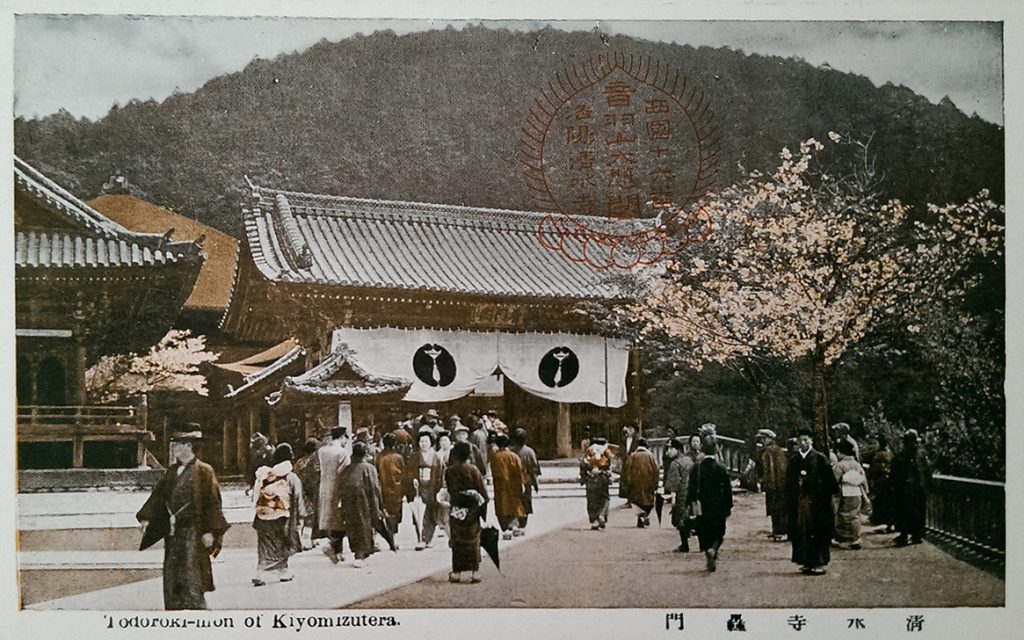
So join me on the Special Collections Twitter feed as I continue my daily journey. Its a fun, quirky ride around the world and who knows what adventures the postcards will have in store for us next.
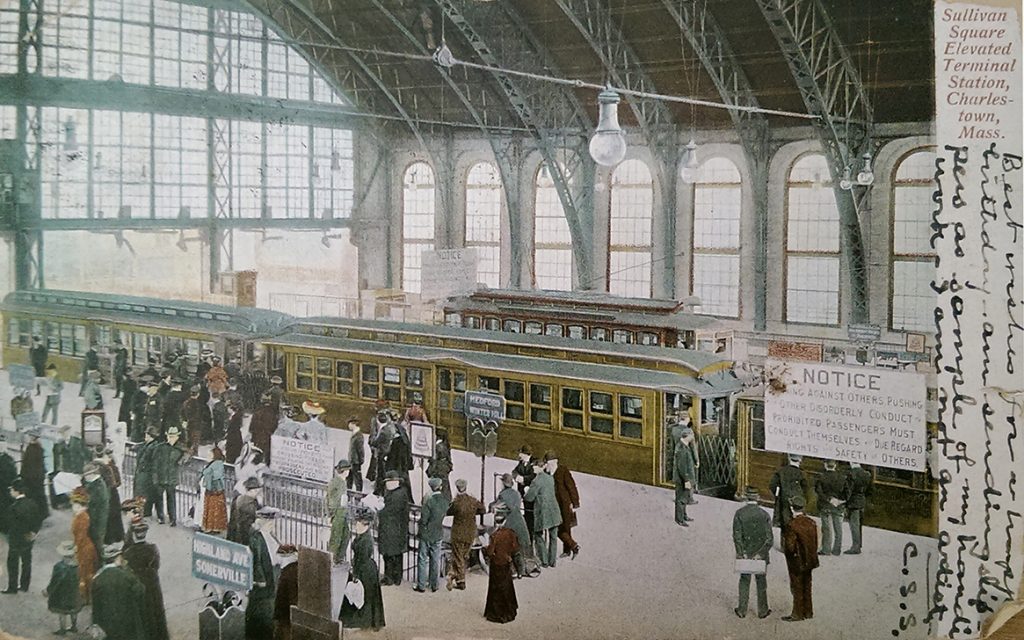
You can find the Special Collections Twitter feed, in which many of these postcards feature, here:
https://twitter.com/theulspeccoll
More About the Postcard Collection
The Map Department collections – which comprise maps, atlases, books on cartography and topographic views – include thousands of postcards. Most of the postcards are topographic views but some show the interiors of buildings (stately homes, churches), and there is also a sub-collection of postcards with maps on them, usually maps specially drawn for this medium but also including some with reproductions of other maps (facsimiles).
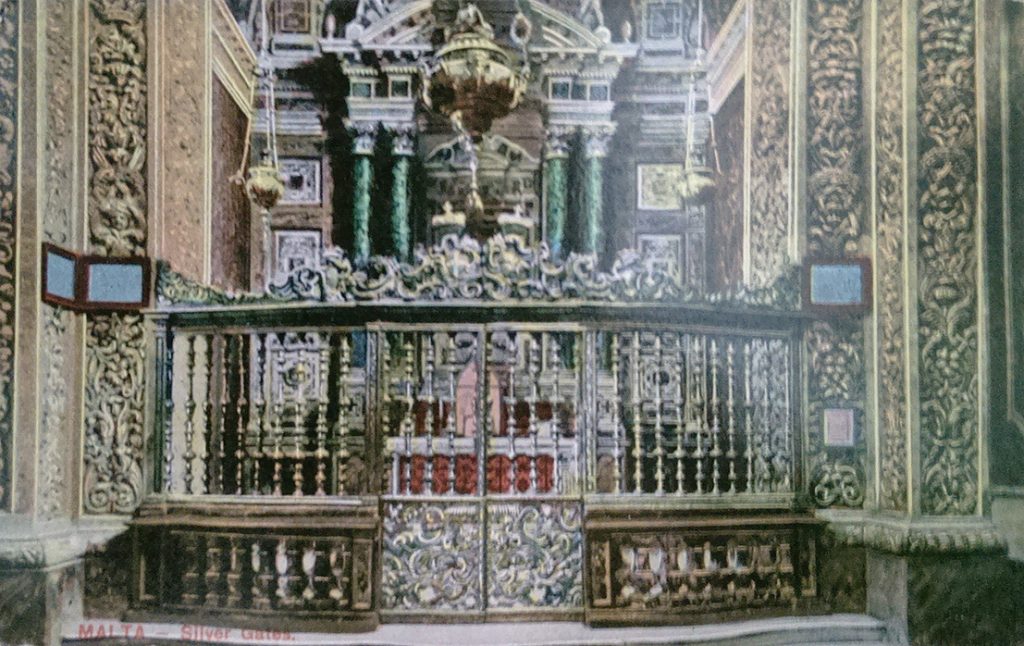
The cards have been acquired mostly by donation; some have writing (and stamps) on the reverse, some are unused. Given the size of the collection we are unable to catalogue, or even list, the cards. Instead they are annotated with place names, as described above, and filed in special filing cabinets in two sequences, one for places in Great Britain and Ireland, the other for the countries of the rest of the World. Unfortunately we do not have time to assign a publication date to the cards so they are not filed in any chronological order.

It is great to be processing some of this backlog, clearing some shelf space and making this fascinating resource a little more accessible. If you would like to look at some of the cards, just ask a member of Map Department staff.
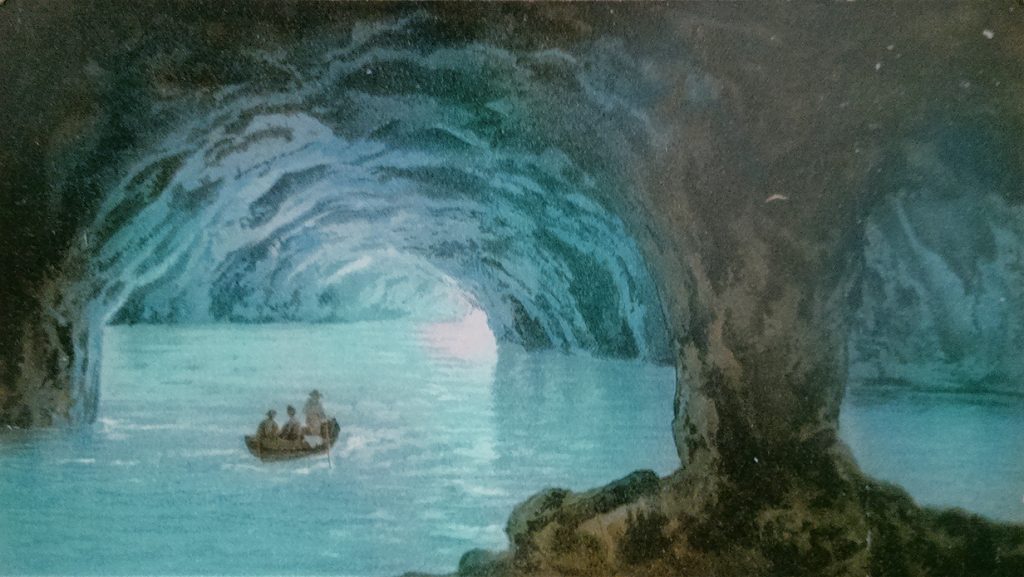
Other Map Department Lockdown Activities
Cambridge University Library has been closed to most staff since Friday 20th March so we have all been working from home as best we can. Apart from the project outlined above, and the promoting of the maps available on the Cambridge Digital Library via Twitter, virtual meetings have taken place, and Anne Taylor has been working on a number of projects. The first entailed updating the Map Department’s Finding List – a vital document that tells us where our collections are stored. This is a surprisingly complicated document due to the many types of classmark we have, because we are unable to store all items in strict order of classmark, and because we have storage scattered throughout the building, and beyond.
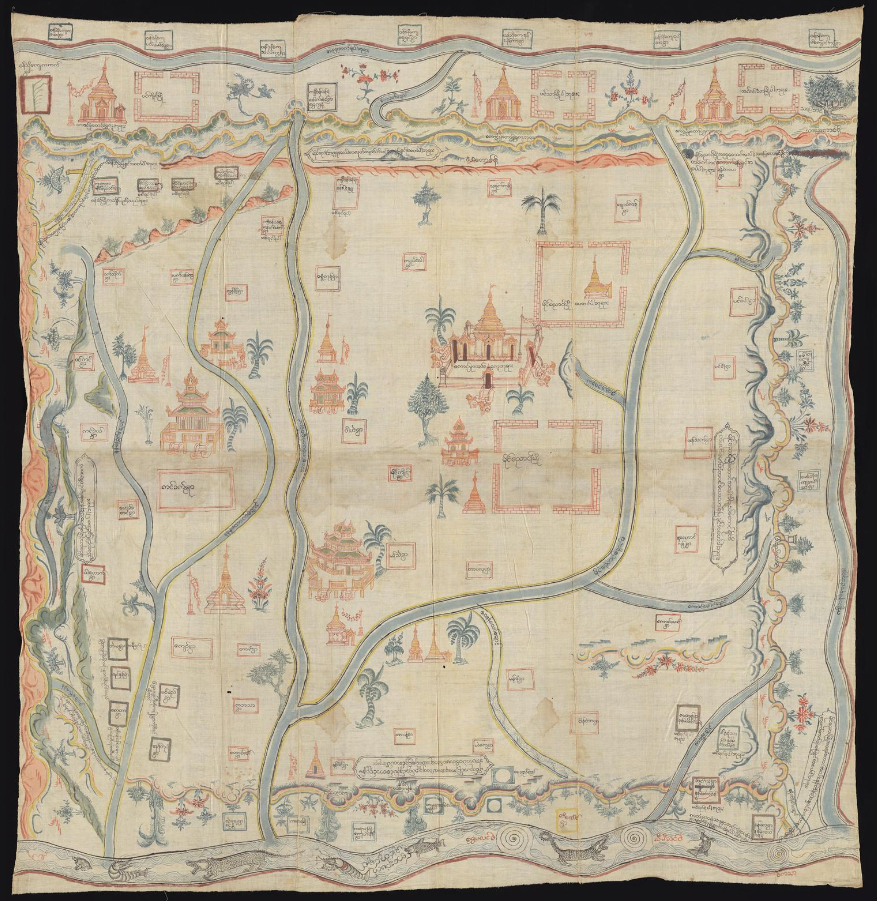
Another large project is the editing and checking of our data in preparation for its migration from Janus to the new Archives Management System which will go live later this year.
Lockdown has also provided an opportunity to revise policy and procedural documents and to update web and intranet pages. And, of course, we are still receiving enquiries. We answer these as best we can, though it is easy to forget – just for a moment – that you can’t just go to the stacks and check that vital print code!
Ian Pittock
